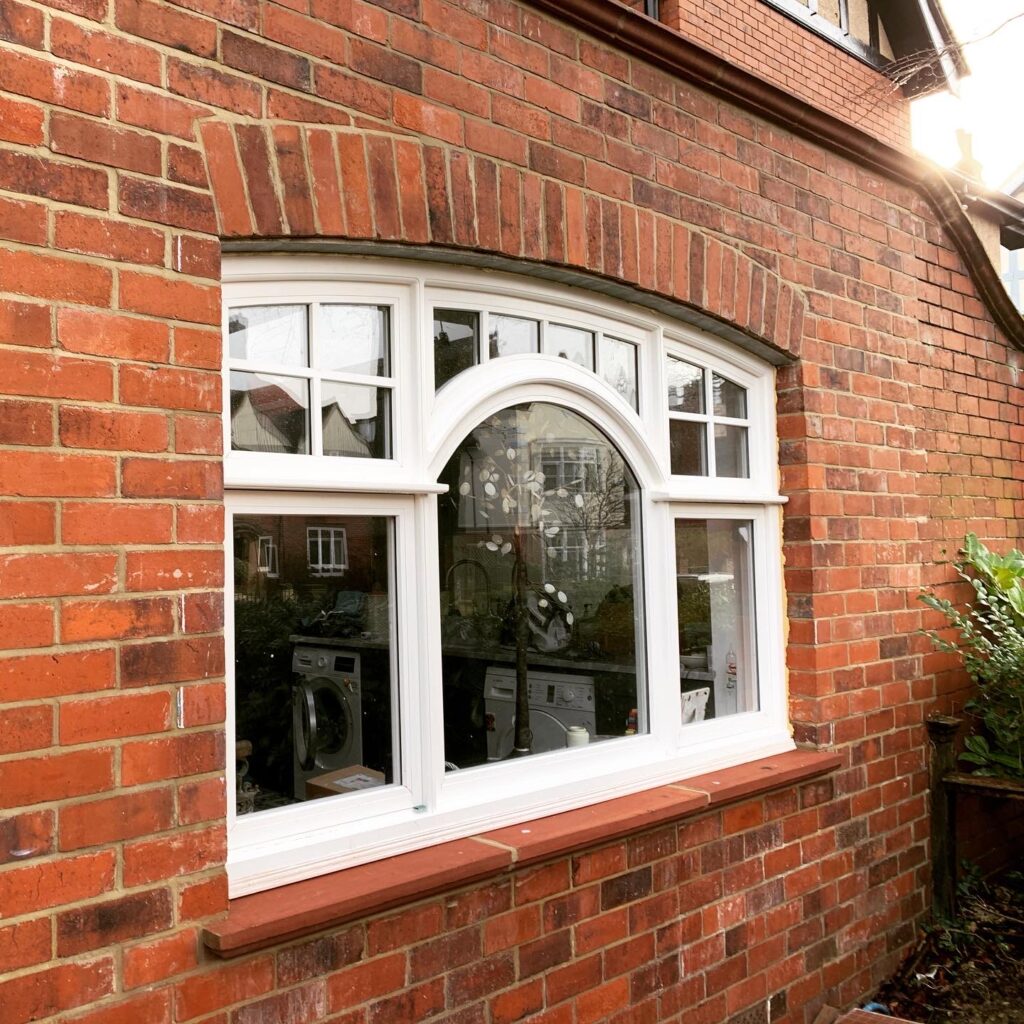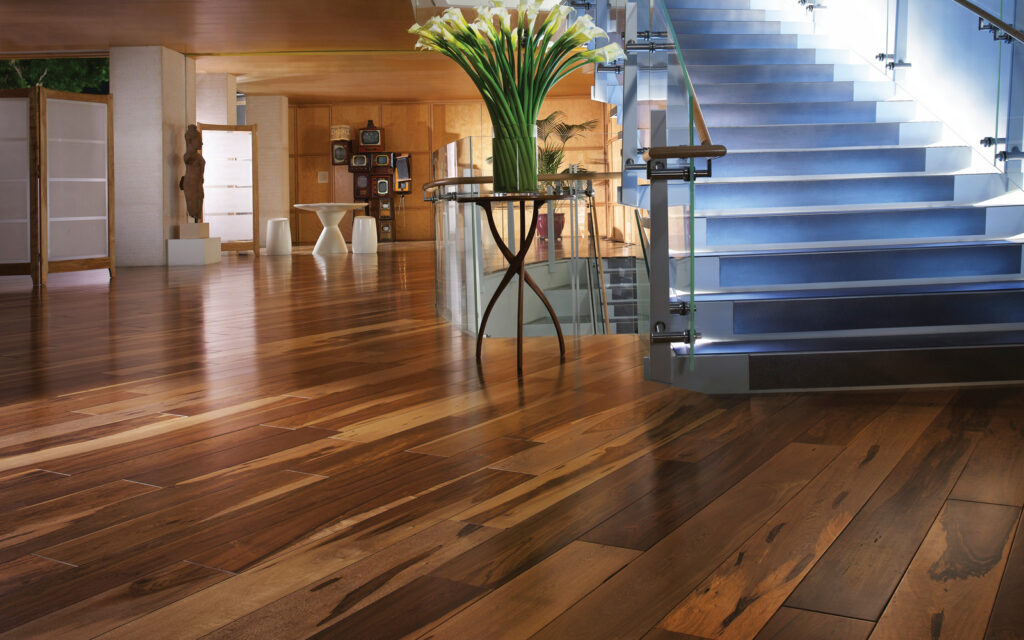20 Different Wood Species and Their Properties for Carpentry
- admin
- February 10, 2023
- 2:02 pm
- No Comments
As a carpenter, you have a wide range of wood species to choose from for your projects. Each species has its own unique properties and characteristics that can affect the appearance, strength, and durability of your finished work. In this article, we will explore the most popular wood species used in carpentry and discuss their key features, uses, and potential drawbacks. Whether you are building furniture, cabinets, flooring, or structural elements, this guide will help you make informed decisions about the best wood species for your specific needs. So, let’s dive in and discover the many possibilities of wood for carpentry!
Pine: Pine is a softwood that is widely available and relatively inexpensive. It is easy to work with and takes nails and screws well, but it is not as strong as some other species and is prone to warping and splitting. Pine is often used for framing, as well as for decorative woodwork and painted applications. It is also a popular choice for cabinetry, furniture, and flooring when a rustic or country look is desired.
Oak: Oak is a hardwood that is known for its durability and strength. It is resistant to wear and tear, and can be stained or finished to a high level of polish. Oak has a distinctive grain pattern that ranges from straight to wavy, and it is available in a variety of colors, including white, red, and gray. Oak is a popular choice for furniture and flooring, but it can be more expensive than other species. It is also used for cabinetry, decorative woodwork, and paneling.
Maple: Maple is another hardwood that is known for its strength and durability. It is also resistant to wear and tear, and has a smooth, even grain that is easy to work with. Maple is often used for cabinetry, furniture, and flooring, as well as for decorative woodwork and musical instruments. It is available in a range of colors, including white, cream, and reddish-brown.
Cherry: Cherry is a hardwood that is known for its rich, warm color and its ability to darken over time. It is a popular choice for furniture and decorative woodwork, and is often used to create a high-end look. Cherry has a smooth, even grain and a fine, uniform texture. It is also relatively easy to work with, but it can be prone to splitting if not handled carefully.
Walnut: Walnut is a hardwood that is known for its rich, dark color and its fine, even grain. It is a popular choice for furniture and decorative woodwork, and is often used to create a sophisticated, classic look. Walnut is also known for its durability and strength, and it is resistant to wear and tear. It is available in a range of colors, including light brown, chocolate brown, and black.
Birch: Birch is a hardwood that is known for its strength and durability, as well as its smooth, even grain. It is often used for furniture, cabinetry, and flooring, as well as for decorative woodwork and musical instruments. Birch is available in a range of colors, including white, cream, and reddish-brown. It is also relatively easy to work with, but it can be prone to splitting if not handled carefully.
Mahogany: Mahogany is a hardwood that is known for its strength and durability, as well as its rich, reddish-brown color. It is a popular choice for furniture and decorative woodwork, and is often used to create a formal, elegant look. Mahogany has a smooth, even grain and a fine, uniform texture. It is also relatively easy to work with, but it can be prone to splintering if not handled carefully.
Teak: Teak is a hardwood that is known for its strength, durability, and resistance to rot and decay. It is often used for outdoor furniture and decking, as well as for boatbuilding. Teak has a distinctive golden-brown color and a fine, even grain. It is also resistant to insect attacks and decay, making it a durable choice for outdoor projects.
Ash: Ash is a hardwood that is known for its strength and flexibility. It is often used for furniture and sporting goods, as well as for structural applications where strength and shock resistance are important. Ash has a smooth, even grain and a medium to coarse texture. It is also relatively easy to work with, but it can be prone to splitting if not handled carefully.
Poplar: Poplar is a softwood that is known for its versatility and ease of workability. It is often used for framing, as well as for decorative woodwork and painted applications. Poplar has a smooth, even grain and a light to medium color. It is also relatively inexpensive and widely available, making it a popular choice for budget-conscious projects.
Douglas Fir: Douglas Fir is a softwood that is known for its strength and versatility. It is often used for framing, as well as for decorative woodwork and painted applications. Douglas Fir has a distinctive grain pattern and a medium to coarse texture. It is also relatively easy to work with, but it can be prone to splitting if not handled carefully.
Redwood: Redwood is a softwood that is known for its resistance to rot and decay, as well as its natural beauty. It is often used for outdoor applications, such as decking and fencing, as well as for decorative woodwork. Redwood has a smooth, even grain and a light to medium color. It is also relatively easy to work with, but it can be prone to splintering if not handled carefully.
Cedar: Cedar is a softwood that is known for its resistance to rot and decay, as well as its natural beauty and pleasant aroma. It is often used for outdoor applications, such as decking and fencing, as well as for decorative woodwork and closets. Cedar has a smooth, even grain and a medium to light color. It is also relatively easy to work with, but it can be prone to splintering if not handled carefully.
Spruce: Spruce is a softwood that is known for its strength and versatility. It is often used for framing, as well as for decorative woodwork and painted applications. Spruce has a smooth, even grain and a medium to light color. It is also relatively easy to work with, but it can be prone to splitting if not handled carefully.
Hemlock: Hemlock is a softwood that is known for its strength and versatility. It is often used for framing, as well as for decorative woodwork and painted applications. Hemlock has a smooth, even grain and a light to medium color. It is also relatively easy to work with, but it can be prone to splitting if not handled carefully.
Yellow Pine: Yellow Pine is a softwood that is known for its strength and versatility. It is often used for framing, as well as for decorative woodwork and painted applications. Yellow Pine has a distinctive grain pattern and a medium to coarse texture. It is also relatively easy to work with, but it can be prone to splitting if not handled carefully.
Alder: Alder is a softwood that is known for its versatility and ease of workability. It is often used for decorative woodwork, as well as for painted applications. Alder has a smooth, even grain and a light to medium color. It is also relatively inexpensive and widely available, making it a popular choice for budget-conscious projects.
Basswood: Basswood is a softwood that is known for its versatility and ease of workability. It is often used for decorative woodwork, as well as for painted applications. Basswood has a smooth, even grain and a light to medium color. It is also relatively inexpensive and widely available, making it a popular choice for budget-conscious projects.
Beech: Beech is a hardwood that is known for its strength and durability, as well as its smooth, even grain. It is often used for furniture, cabinetry, and flooring, as well as for decorative woodwork and musical instruments. Beech has a medium to coarse texture and a light to medium color. It is also relatively easy to work with, but it can be prone to splintering if not handled carefully.
Bamboo: Bamboo is a grass that is known for its strength, durability, and sustainability. It is often used for flooring, as well as for decorative woodwork and furniture. Bamboo has a smooth, even grain and a light to medium color. It is also relatively easy to work with, but it can be prone to splintering if not handled carefully. Bamboo is a sustainable choice for woodworking projects, as it is a fast-growing plant that can be harvested without damaging the environment.
In conclusion, there are many different wood species available for use in carpentry projects, and each has its own unique properties and characteristics that can affect the appearance, strength, and durability of your finished work. By understanding the key features, uses, and potential drawbacks of each wood species, you can make informed decisions about the best wood for your specific needs and goals. For example, if you need a wood that is strong and durable, you might consider oak, maple, or mahogany. If you want a wood that is easy to work with and relatively inexpensive, you might consider pine, poplar, or alder. If you need a wood that is resistant to rot and decay, you might consider cedar, teak, or redwood. And if you want a wood that is sustainable and environmentally friendly, you might consider bamboo. No matter what your needs and preferences, there is a wood species that can help you achieve the desired look, performance, and value for your carpentry projects.

Matt Sarmadi is an international trained Architect with a passion for carpentry. While he has spent the majority of his career working on commercial building restoration, he has always had a love for working with wood. In this blog, he shares his knowledge and experience with carpentry, including tips and techniques, and the latest tools and material. He is the owner of Renofield Inc.






We believe that it is important to protect the environment and preserve the unique character of our communities.
Copyright © 2022 For RENOFIELD. All Rights Reserved.

Copyright © 2022 For RENOFIELD. All Rights Reserved.